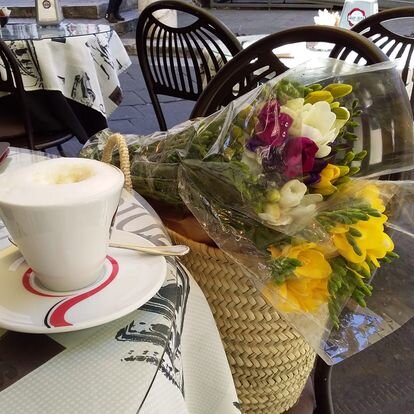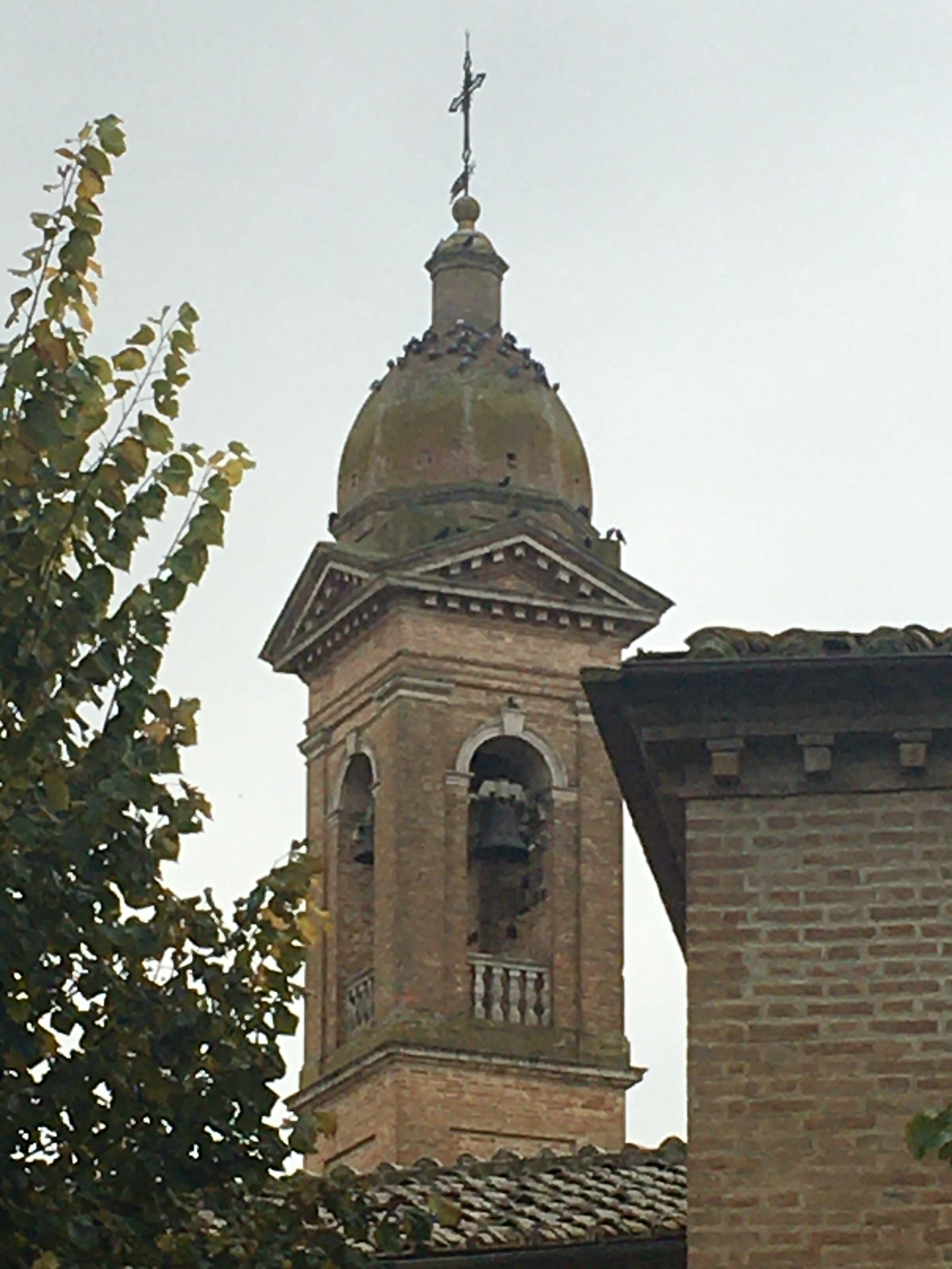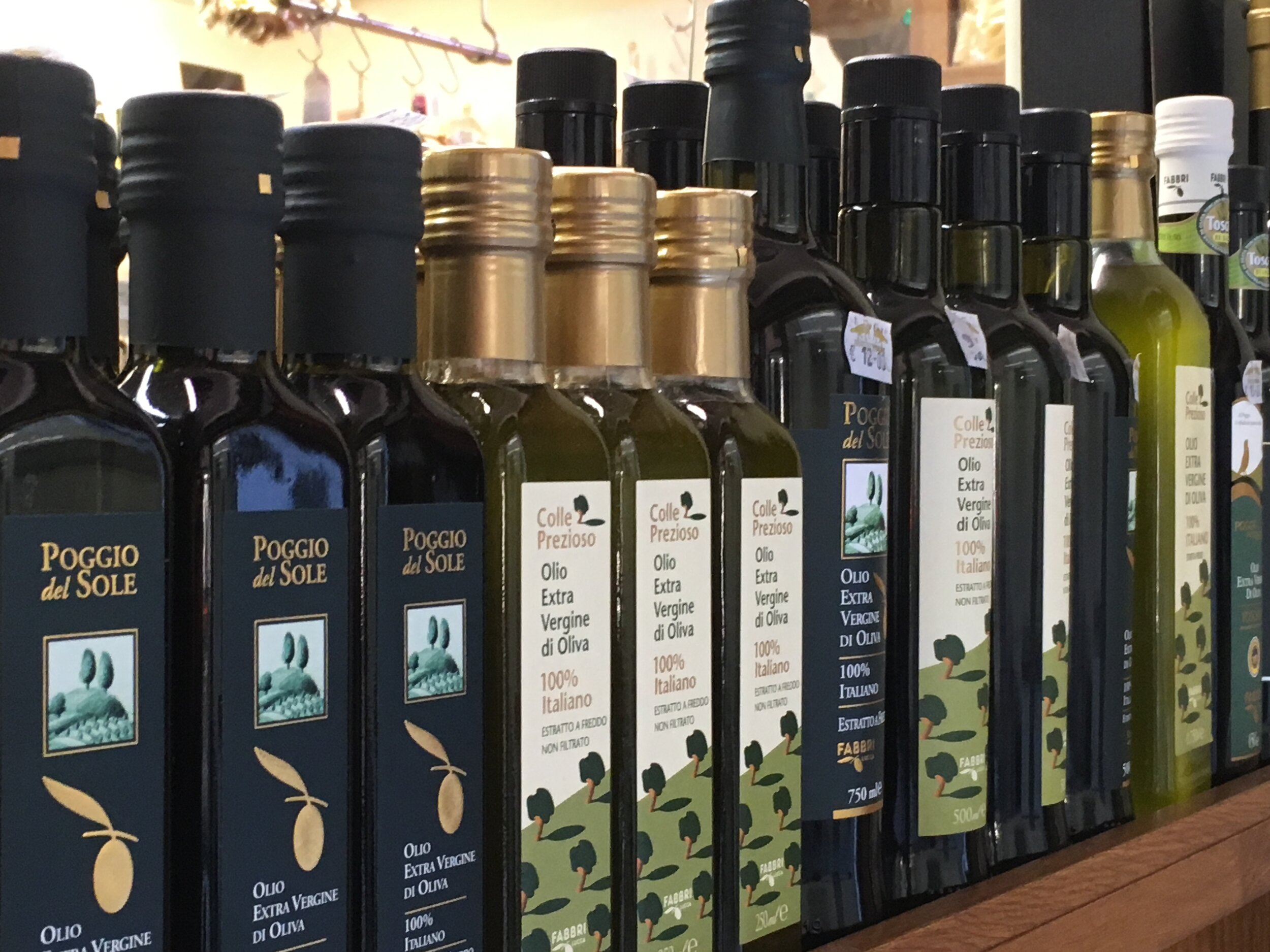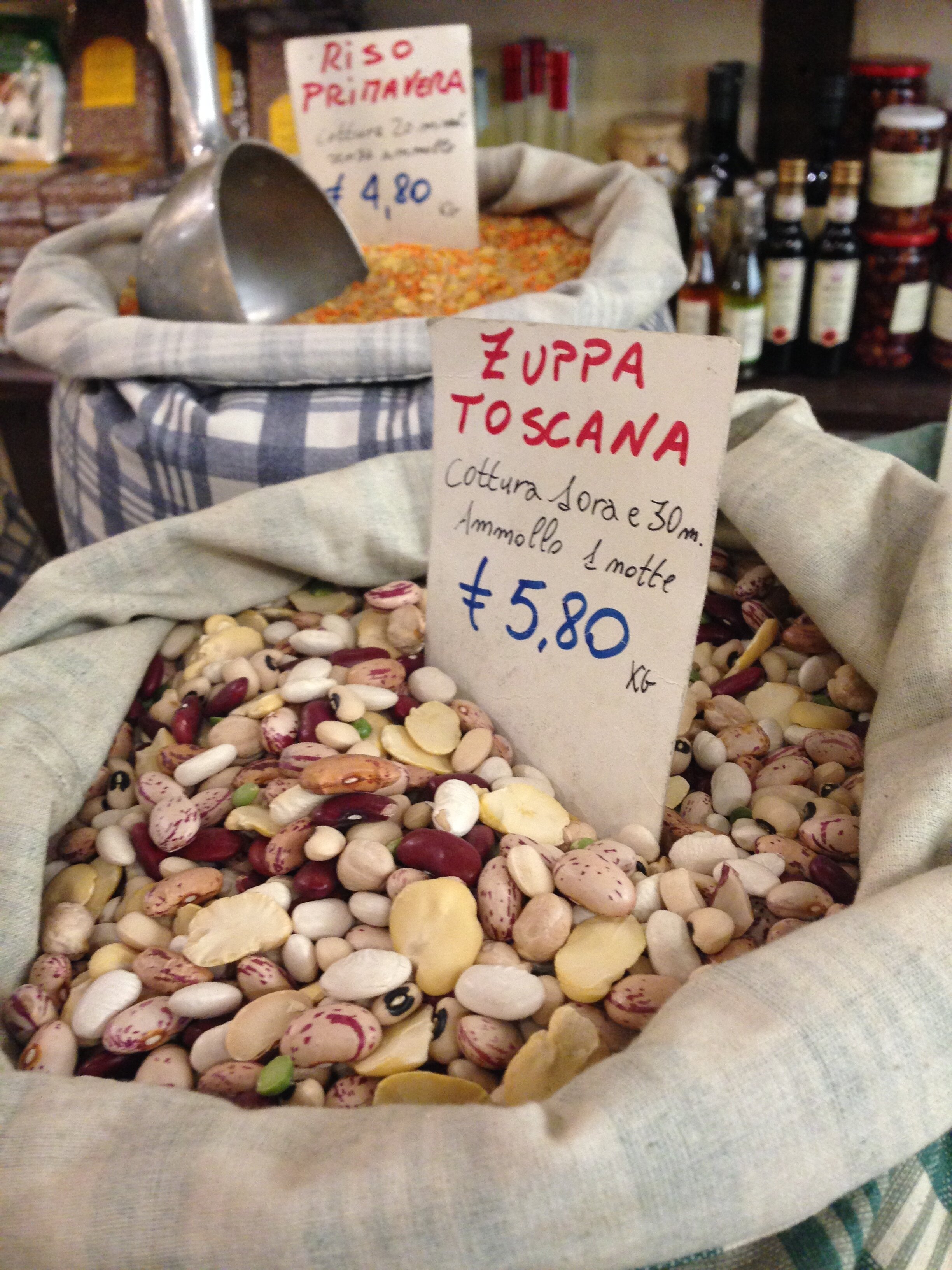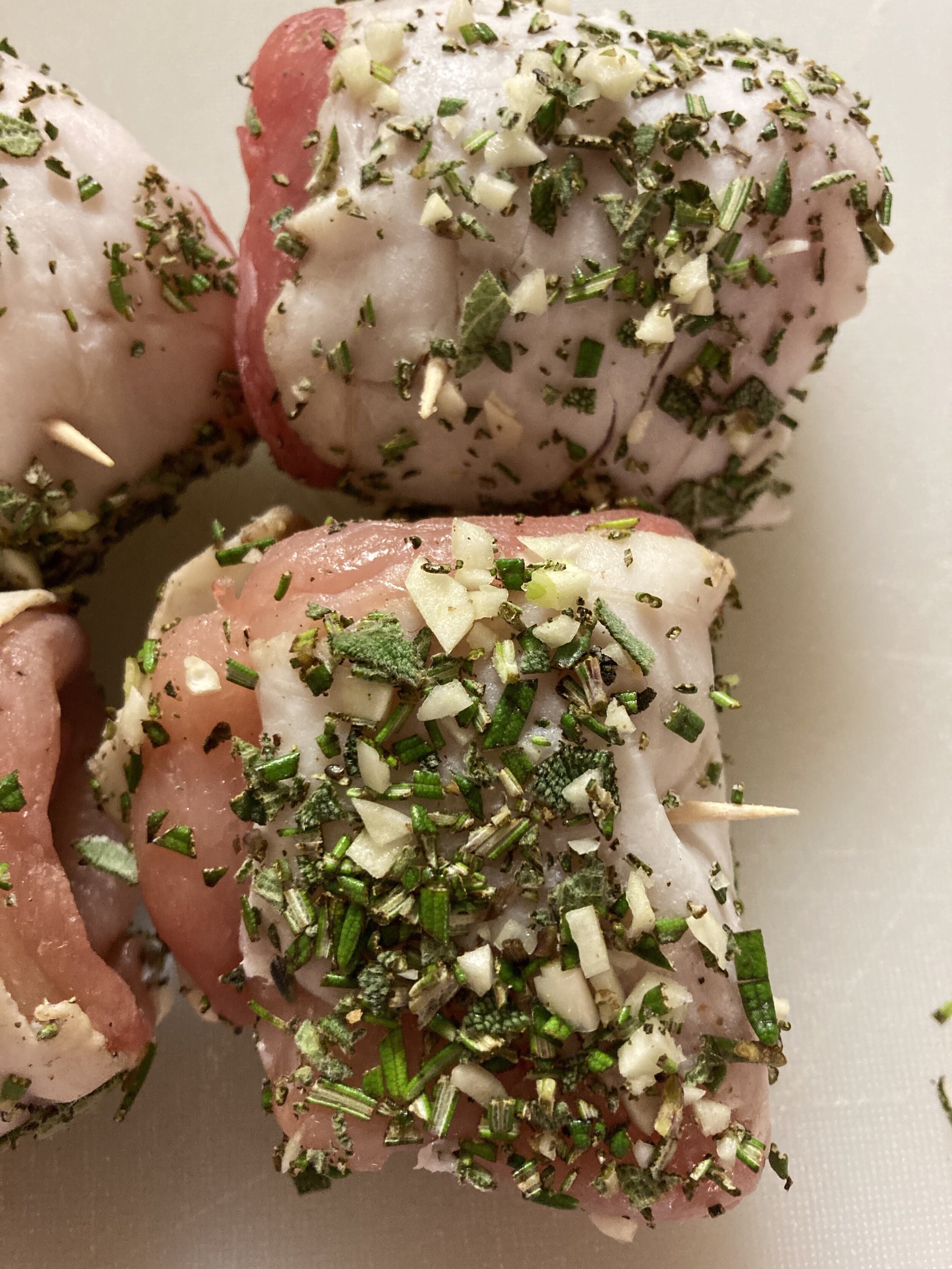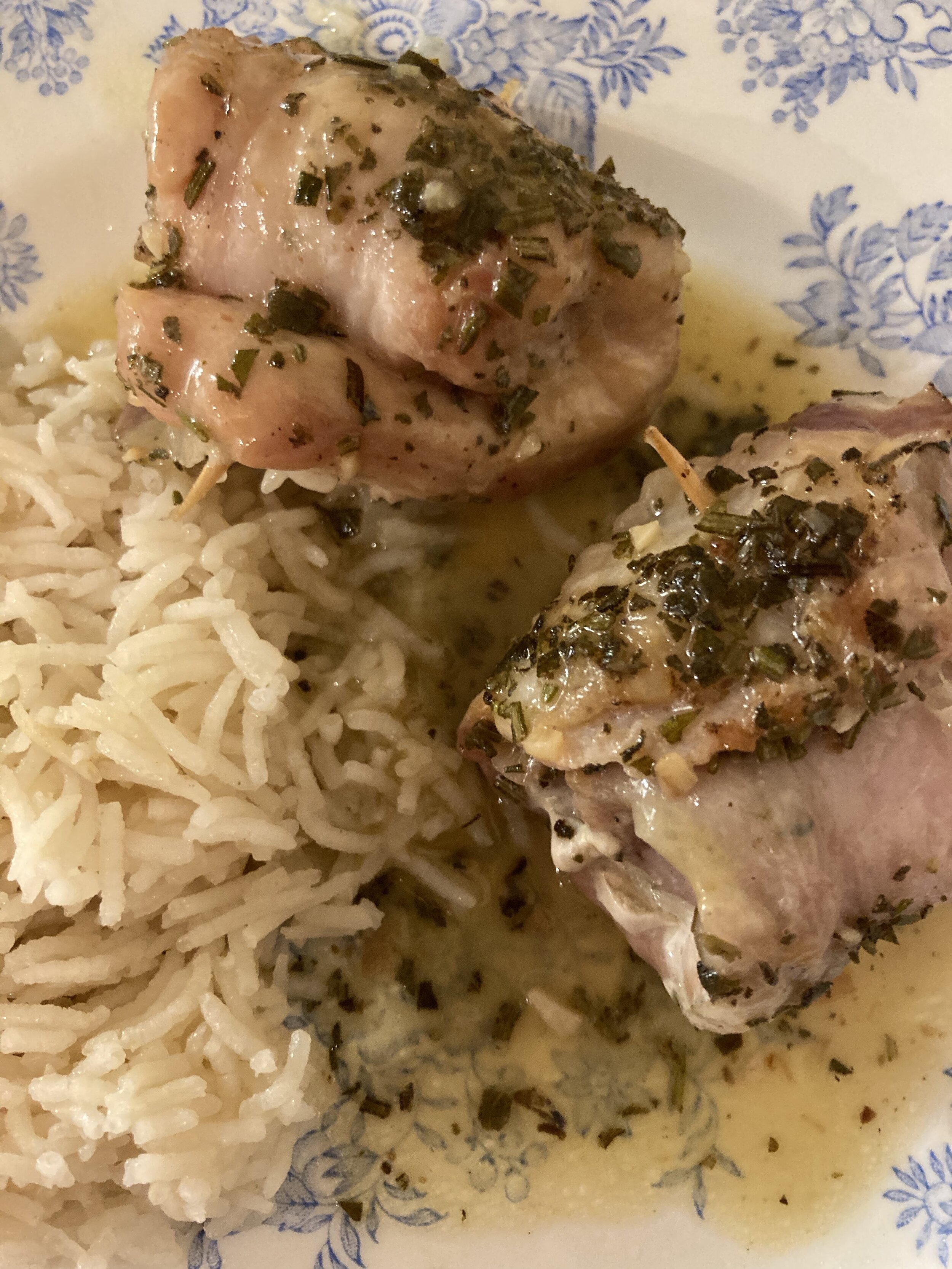Italian Coffee (Part One)
If you ask an American to name the Italian national drink, they will likely answer “wine”, but they’d be wrong. In Italy, the national drink is coffee - un caffe` - generally meaning an espresso. Coffee wasn’t invented here, but it just may have been the Italians who perfected it. Coffee is an important part of daily life, almost a ritual. Most Italians drink at least 1 cup a day (for breakfast). But it is not uncommon to add a mid-morning, after lunch, mid-afternoon, and even an after dinner or late night cup. There certainly are Italians who don’t drink coffee, but they are a definite minority.
I wasn’t much of a coffee drinker before I started visiting Italy. I grew up with an Irish mother and we drank a lot of tea. The occasional cup of coffee she made generally meant instant Sanka. I was not impressed. Later, as a nurse working night shifts, coffee became a necessity. I brought a thermos of it to work every night. I experimented with drip coffee, percolated coffee, and cold brew concentrate mixed with boiling water. To each I added lots of milk and sugar. I drank it, it helped get me though those night shifts, but I still wasn't a big fan. I didn’t love it.
Italian coffees - a cappuccino (left) and a macchiato (right)
And then I came to Italy. My first Italian coffee was served on the shores of Lake Como during breakfast at a small family run inn. “Cosa prende signora”, asked the server, “un caffe` latte”? I was presented with a pot of freshly brewed espresso and a second pot of steamed milk. Whether it was the fabulous coffee, the beautiful service, the musical sound of the Italian language, or the views of the lake doesn’t really matter. I was hooked. Many things kept me excited about coming back to Italy after that trip and coffee was definitely one of them.
A caffe` latte, hot milk and a shot of espresso - in this version you mix it yourself
Now that I live in Italy, I can indulge my love of Italian coffee on a daily basis. Standing at the bar for a quick morning coffee is the Italian way. It’s practically medicinal and it costs less (around 1.20 Euro) if you stand rather than sit at a table. But for me, sitting at a table in a cafe, snug inside in winter or outdoors with a glorious view of a piazza in warmer weather, is one of the joys of life in Italy. I’ll pay a little more for that joy. It’s one of the things I’ve missed most during the past year when bars and cafes were closed for long stretches of time due to COVID restrictions. Anytime there was a pause in the lockdown you could find me at an outside table in a bar or cafe ordering a coffee. What a joy that the cafes have now reopened!
And what exactly does one order ? Well, certainly not a half-caff, skinny latte! In fact, don’t ask for a “latte” at all as that will get you just a cup of milk.
Italian coffee drinks can be divided into 3 categories: straight coffee, coffees with varying amounts of milk, or coffees with an added punch from alcohol.
In Italy, ask for un caffe` and you will get a shot of espresso in a tiny cup. A caffe` ristretto is even smaller, an espresso brewed with half as much water. A caffe` lungo is brewed with extra water and a caffe` doppia is simply a double shot of espresso (that will get you going!). None of these drinks come with milk. A caffe` Americano is a bit different - rather than varying the amount of water used to brew the espresso, an Americano is a normally brewed shot of espresso with hot water added after brewing.
A cappuccino is a perfect breakfast coffee
Espresso drinks often have milk added, either steamed or as a topping of frothy goodness (the froth is la schiuma) or some of each. For the most milk, order a caffe` latte which has one shot of espresso and lots of milk (more milk than espresso). This is Italian coffee for beginners. My grandchildren, then ages 10 and 13, started each day with one when they visited me. “Nana”, the 10 year old would say, “I’m not awake yet. I need my coffee”.
Caffe` shakerato con latte - my favorite summertime coffee drink. In Lucca the best ones are found at Manon Lescaut in Piazza Cittadella.
A cappuccino is espresso with some streamed milk topped with a layer of schiuma - about equal parts of each - served in a medium size cup. Italians typically only drink cappuccino in the mornings, as milk is considered not compatible with digestion after meals later in the day. Ordering a cappuccino in the afternoon is possible but definitely brands you as a straniero (foreigner).
In summer a cold coffee with milk (a caffe` shakerato con latte) is a treat !
Later in the day, if you aren’t up for a straight espresso, try a caffe` macchiato. This drink is a shot of espresso with just a splash of milk. I’ve found a lot of variation in the preparation of macchiato. Some have just the tiniest spot of milk, others have milk equivalent to about half the volume of the espresso, still others serve the milk on the side. After living here for a couple of years I have acquired a taste for a macchiato - but I had to work at it.
The Ponce Livornese, made with espresso and rum, is a type of caffe` corretto unique to the town of Livorno
Then there is the caffe` corretto, or “corrected” coffee. Mostly served as an after dinner or evening drink, this is espresso laced with a small amount of grappa, sambuca, or rum. It’s a good nighttime choice, as the caffeine and alcohol balance each other and soften that caffeine buzz.
What happens when it is not possible to go out for an espresso drink at a bar or cafe? Good coffee can be brewed at home, but usually does not result in a true espresso as few homes have the needed equipment. One alternative is a machine that uses coffee in a pod (a Nespresso type machine) but it just isn’t the same. A better alternative for home brewed coffee exists - the Moka Express pot - more about that in Italian Coffee Part 2.
